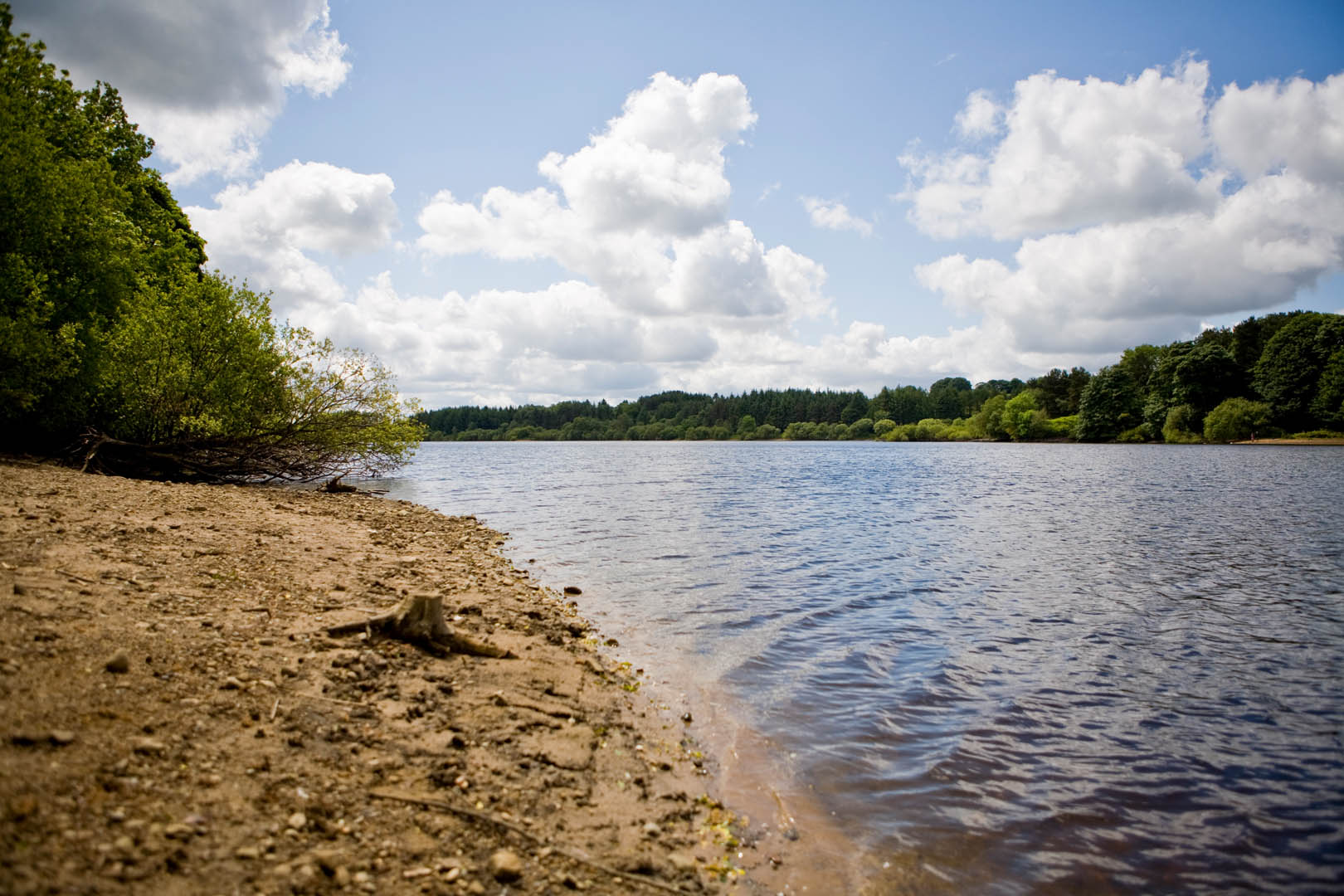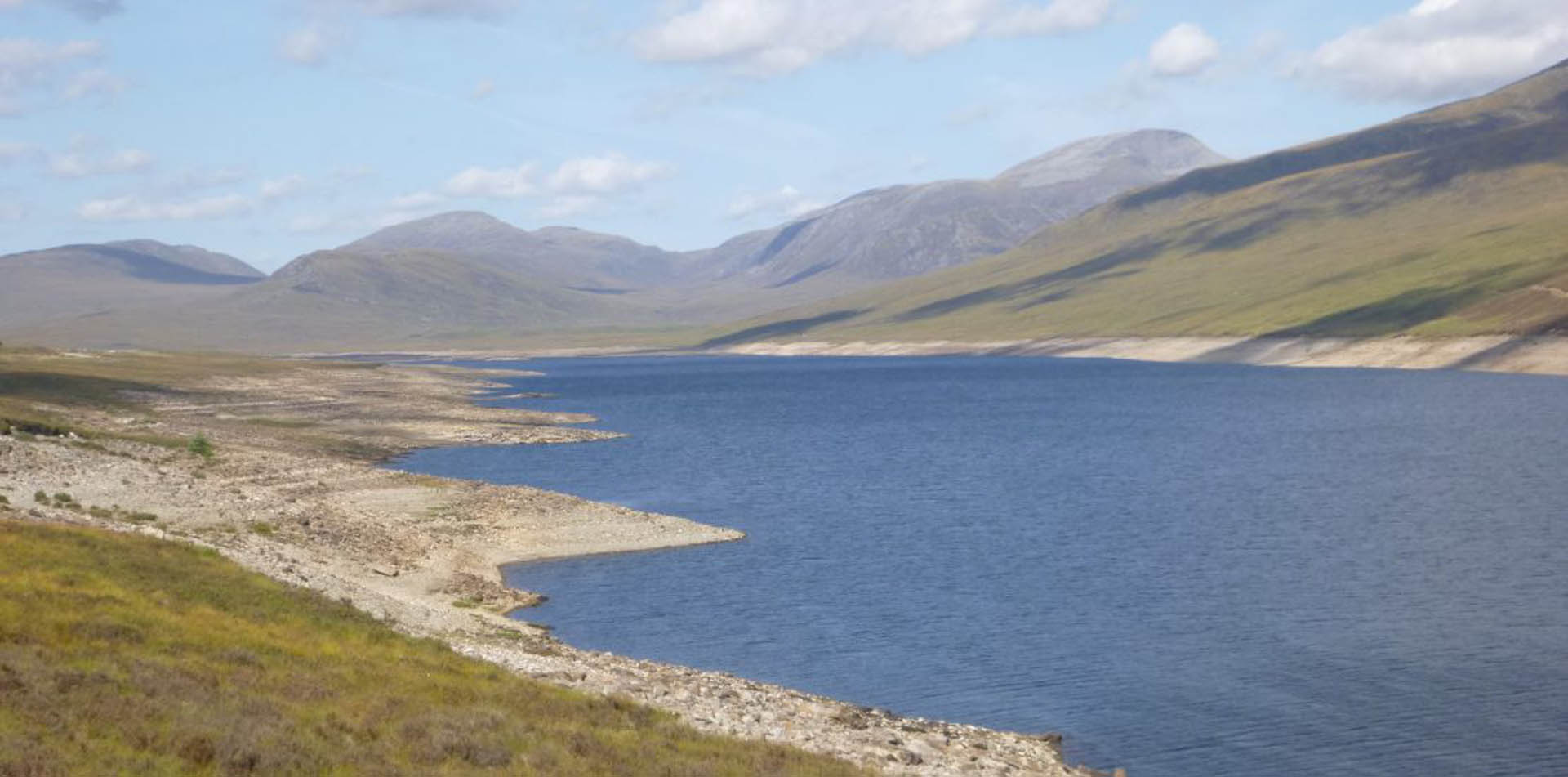What is a reservoir flood plan?
Certified flood plans were recommended following the independent review of the Toddbrook Reservoir Spillway Failure in summer 2019. Now mandatory in England, flood plans must be produced for all reservoirs registered under the Reservoirs Act 1975 by 21 April 2022, with a capacity greater than 25,000m³. All flood plans must also be certified by a qualified reservoir engineer. To ensure high-risk reservoirs are properly maintained these plans must be recertified every five years.
The key features of a flood plan are:
- Reservoir and dam features
- Triggers and actions
- Emergency contacts and communication channels
- Breach map
- Roles and responsibilities
- Maintenance and testing requirements
- Safe access routes and marshalling points
- Drawdown and pumping requirements
- Health and safety security
- Reservoir construction drawings and photographs

You should update your flood plan
- If any details or information in the plan changes (e.g. modifications to the dam, change in contact details, areas at risk of flooding downstream change)
- At least every year
- Before the appointed engineer issues a new section 12AA (3) certificate
- Following every exercise of the on-site plan
- Following an emergency reservoir dam incident
- As part of a statutory inspection (conducted by an Inspecting Engineer under the Reservoir Act)
- Every 5 years (to be renewed and recertified) Drawdown and pumping requirements


To date we have written more than 60 onsite flood plans for reservoirs nationwide, on behalf of various clients including councils, the Environment Agency, The National Trust, and private owners. Although the requirement for flood plans is not mandatory in Scotland, Wales and Northern Ireland, we have also developed flood plans for clients including Natural Resources Wales, Denbighshire County Council and Northern Ireland’s Department for Infrastructure.
For more information about creating a Flood Risk Plan please contact Jeremy Benn.



